The town of Waitsfield in Vermont lies five hours north of New York by car. Mad River runs through it; there is a library, a covered bridge and a beauty parlour. The church spire is painted white. It’s a lovely if unremarkable New England town, save for this accident of latitude: on April 8, it was situated within the shadow swath cast from Mexico to Canada during the total eclipse of the sun.
Having longed to witness an eclipse since I first grasped the movements of the moon, I travelled to Waitsfield in the kind of ecstatic agitation that might usually precede a meeting with a lover. I’ve inherited a fascination for astronomy from my father, who taught me Kepler’s laws on the motion of bodies in orbit, and once as a child made himself a telescope from a rolled-up magazine and a discarded lens. Now I’ve a telescope of my own, through which I’ve photographed storms raging on the surface of the sun, and the lip and shade of lunar craters; I’ve endured bitter cold in pursuit of nebulae where stars are being born; and Comet Halley is tattooed on my ribs.
That I — of all people! — had never seen a total eclipse has been a source of bitter envy and disappointment, and so as I ticked off the ordinary days until the great event, my heart developed an erratic beat that sometimes sickened me, and often in unhappy dreams I saw dense red clouds roll in over a burning sea.
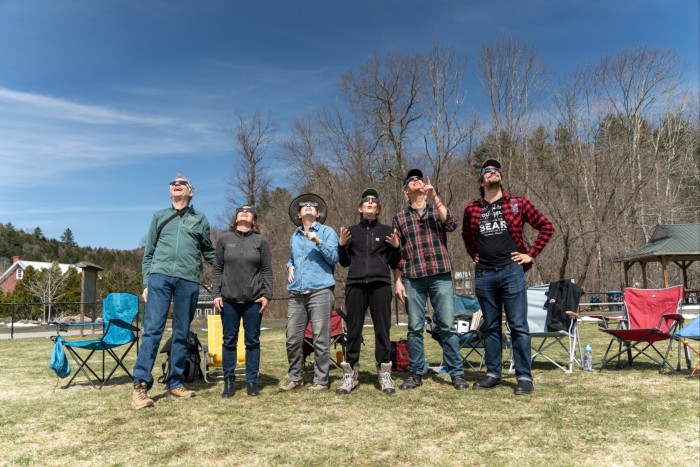
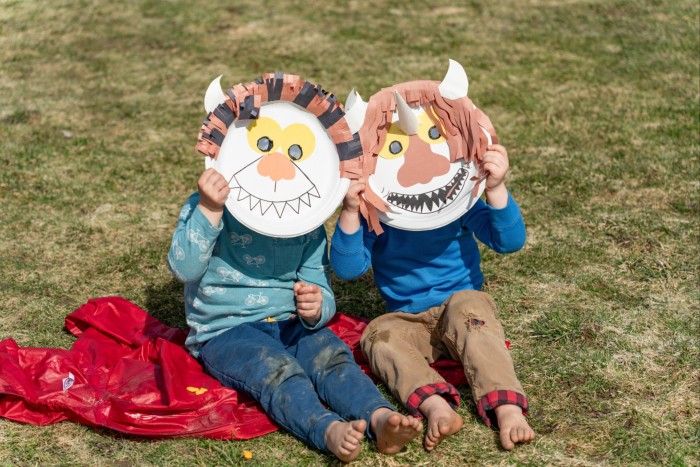
In fact, I might have preferred to visit Texas, where the weather was bound to be finer; but since I can’t drive, and have been known to get lost in the town where I was born, it was felt that Vermont was the saner location. I went there from Manhattan, where in Chinatown a woman photographed my aura, and earlier that same day I’d stumbled up the pavement outside MoMA and failed to register that this had been the effect of an earthquake.
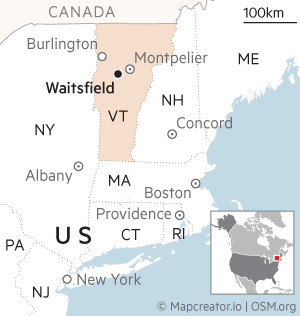
The transition from city to country was vertiginous, which made my journey vivid and peculiar: there’d been recent snow, which now slid thudding from the eaves of painted barns set at intervals between bare stands of birch and pine. Here and there I saw, mounted above front doors, large coloured panels displaying quilting pattern blocks; there were Pride flags, and Ukraine flags, and a mailbox painted with the words “BLACK LIVES MATTER”. The dead stems of last year’s crops poked through receding snow, and the mountain ranges were marked with white streaks. Snow ploughs faced the roads with gaping iron mouths, and paths were shovelled clear. I’d come in brogues, and something like a Georgian frock coat surmounted with an oxblood shawl: I understood myself to be ridiculous.
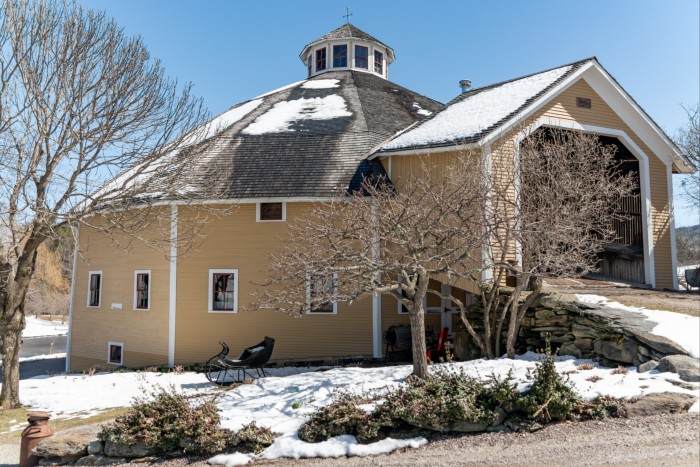
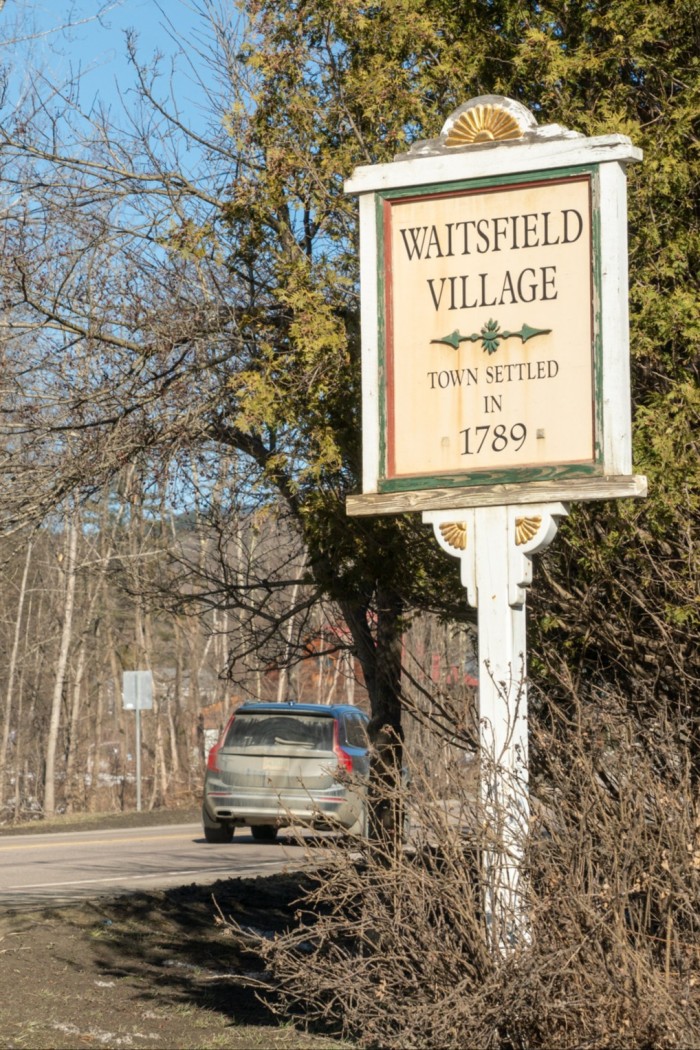
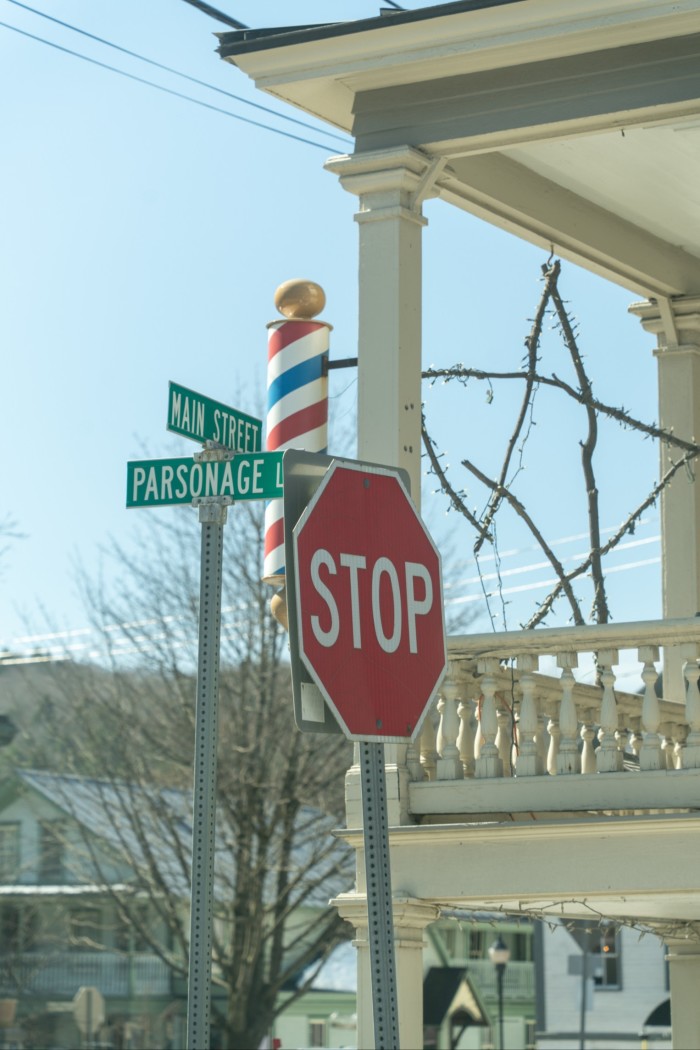
By the time I arrived at the Inn at Round Barn Farm, a mile or so past Waitsfield, I was exhausted as much by worried longing as by travel, and slept for hours in a bed so majestic it required me to clamber up on my knees like a child. There I endured more dreams of bad weather, and in the morning I discovered cloud forecast at just the hour the eclipse would begin. So I went down to breakfast in bleak spirits — I’d gone all that way for nothing, which I felt was emblematic of the folly of hope, a vice I resolved to quit.
Still: the inn’s cook was clever and witty, and was serving “ecliptical pancakes” in which one pale pancake was obscured by a darker second, cratered with chocolate chips. In the breakfast room my fellow travellers and I eyed each other, and the sky; I’d imagined a carnival atmosphere settling on the town, but found instead a muted reverential air that was something between that of an opera house before the curtain rises and the pause before an act of worship.
I drank three cups of coffee and sweetened it with maple syrup. It was still the interminable morning; the eclipse wouldn’t begin until after two. I was restless. Expectant fathers pacing maternity wards have suffered less. I walked downhill to town, and drank more coffee on the banks of Mad River while everywhere the same refrain went up: where will you watch it? Where will you go? There was to be a viewing party for the children at the library, but perhaps the shores of Lake Willoughby would be a better bet. I looked at the time, and found I’d passed one hour and 27 minutes.
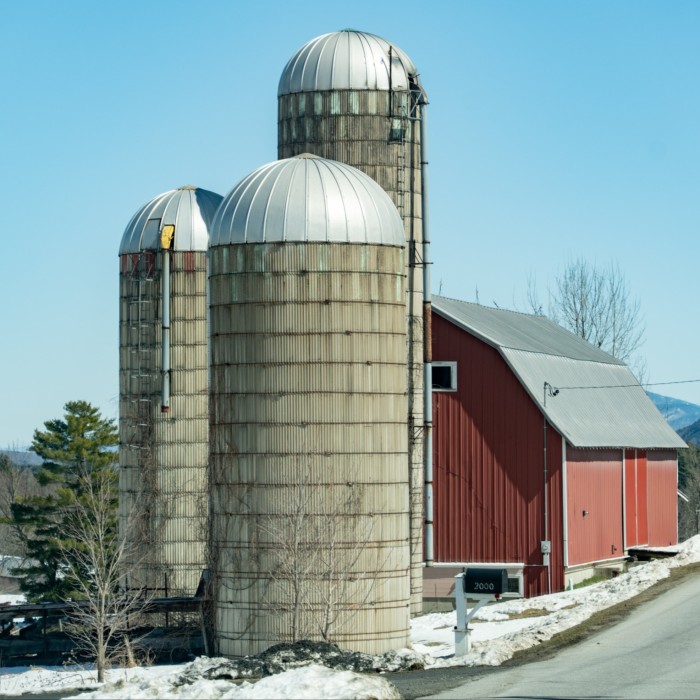
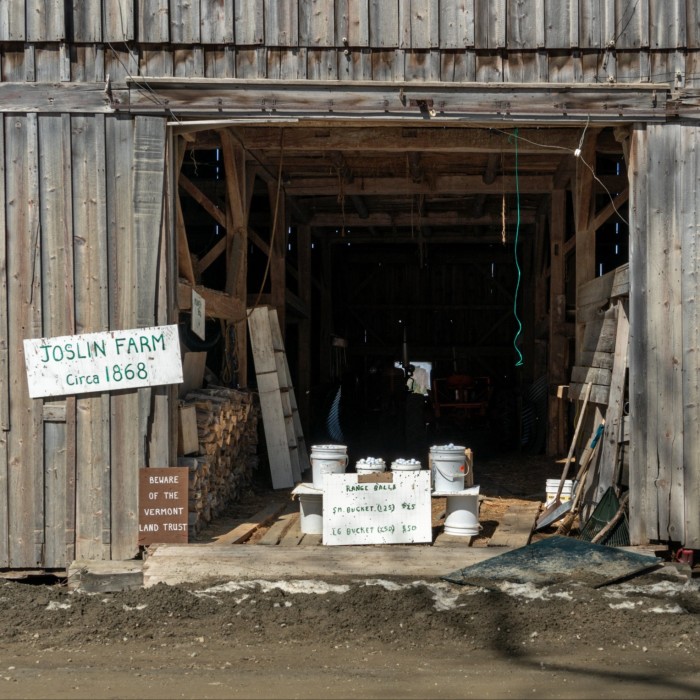
Meanwhile, the moon was already at the heels of the sun, and a fine bank of cloud, torn like old cloth, had gathered on the far horizon. My heart, briefly lifted by the pancakes, sank at this sight; but when I returned to the inn I found an irresistible air of expectation. Staff were setting out comfortable chairs that faced the sun’s direction and draping them with blankets; there was soup available, and lemon shortbread. We were to be bolstered against the dark.
A group of young people from Boston, whose bright clothes and good natures drew out responding smiles from anyone nearby, let me stand with them and wonder aloud if we’d see what’s known as Baily’s beads, or the eerie shadow-bands sometimes seen rippling across flat surfaces a moment before totality. “There’ll be stars,” I said, drawing on the shallow reserves of my knowledge, “stars will come out!”, and they seemed as pleased at the thought as they might have been at the sight.
Still, I said, giving in to despair, didn’t they think the cloud would spoil it for us all? They did not. I believed them. Suddenly I was hopelessly moved by the pancakes, the waiting chairs, the kindness of these strangers; already that day there’d been tears, and silently a woman was handing tissues round.
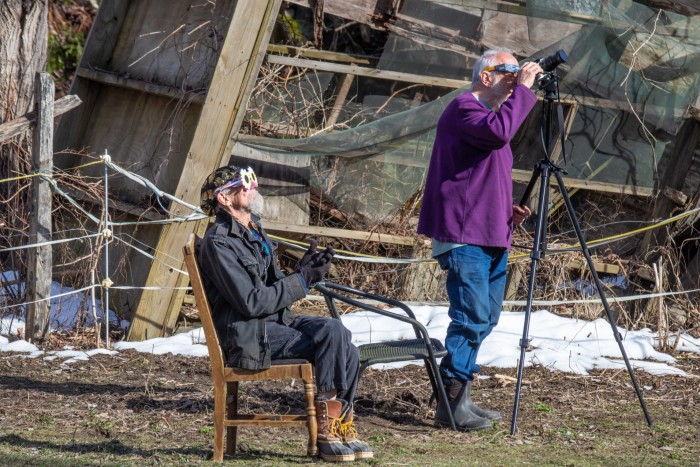
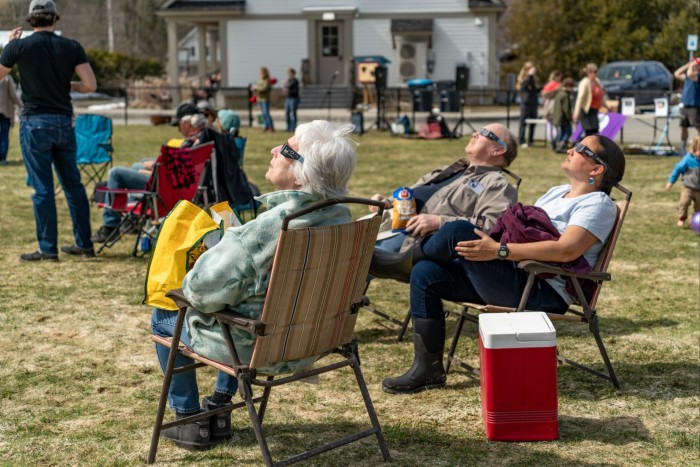
Shortly before the eclipse, we saw a more common wonder: the shining halo of a sun dog appeared, looping the sun as if it were a fortification built against the moon. Then there were other alterations in the air: the traffic which all day had thundered past to various viewing posts thinned out to nothing, and a single bird with a melancholy downward piping song came near us for company, and piped more loudly. It was a quarter past two: it was time.
I don’t recall a signal, only a moment when one by one we raised our flimsy eclipse glasses, and looked. Seen through the black film, the incomprehensible sun was reduced to a coral disc clipped at the rim. The damage was precise as geometry. Look, we exclaimed to ourselves and each other: look, it’s begun, it really has! It was unbelievable I said, it was unbelievable, though in fact nothing could be more believable than the calculable outcome of celestial mechanics.
Now there came a peaceful hour-long wait interrupted sometimes by the piping bird, and by periods of looking and establishing that yes, it was still happening, it really was: the sun was being consumed. Once I looked without the caution of the glasses — this was painful and left my vision obscured for some minutes by what resembled a rolling blot of mercury. So I made a pinhole camera with my fist, and produced an image of the crescent sun on a piece of paper; a little later we found a single bush in leaf, and saw against the white wall of the inn a thousand tilted crescent suns flickering between the branches.
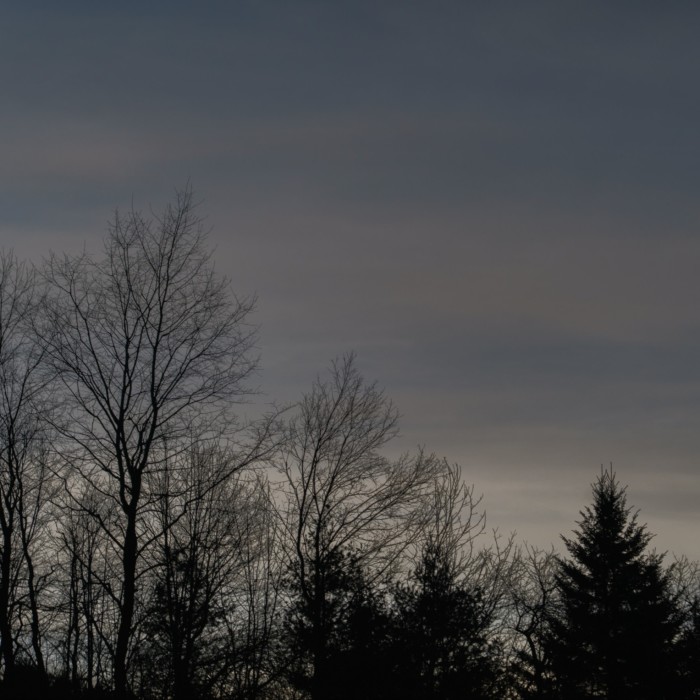
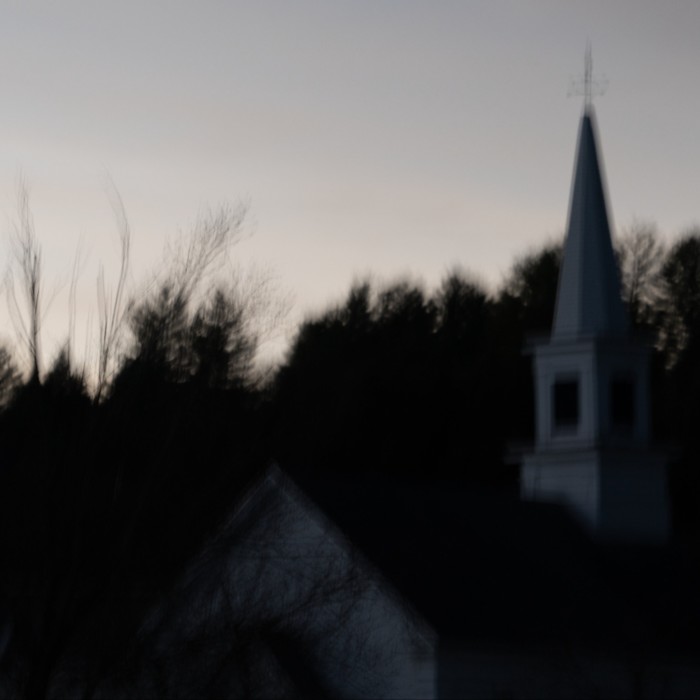
As we approached totality, I felt my forearms, burnt by my hour’s attention to the sun, prick suddenly with gooseflesh, as if at the passage of a ghost. Is anybody else cold, I called out, or is it just me? Now the single bird was silent, and a baffled dog nearby stood wretchedly on her own lead. It was becoming dark, with a peculiar leaching-away of colour that had nothing in common with the golden half-light of dusk: there was a perceptible bluish cast to the air, the atmosphere bruised by the pressure of the moon.
It had become possible actually to see the movement of the black disc sliding across the last light of the sun, reduced now to a bent wire. Then, in anticipation, someone popped the cork on a bottle of champagne and passed round plastic cups like communion wine — “cheers!” we said to each other, sharing an irreligious sacrament, “cheers!” — but against my gaiety I felt an equal and opposing force of dread. Now almost nothing remained of our constant and benevolent star, to which all humanity had turned its face: we were being sealed off from the glory of heaven, and darkness had followed the moon.
A mass of inky blue — substantial as storm clouds, but without form or purpose — rolled across the earth, and there was a sudden plunge into night. Now helpless exclamations came from all around, and I found myself saying again, “I can’t believe it! I can’t believe it!” with the bewildered wonder of a child.
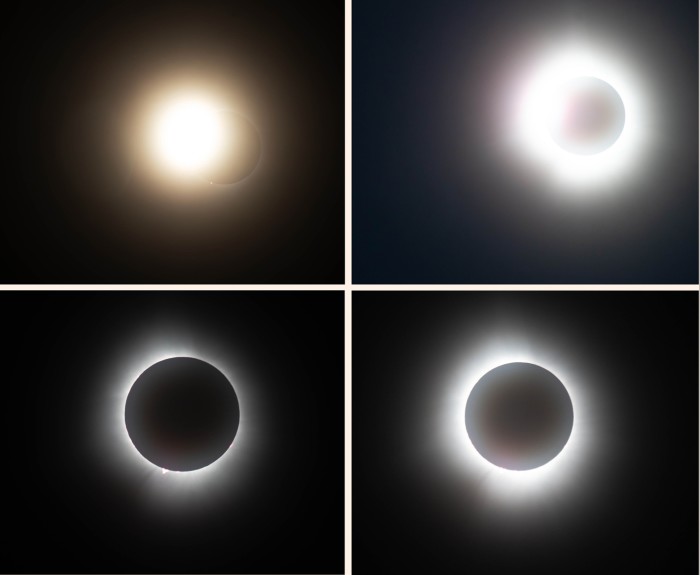
At last it was possible to remove our glasses, and stand in that perverse evening and look with naked eyes. Conversations stopped, as if each of us were conscious of being absolutely solitary in the world, though someone gave me an embrace and I returned it. The rim of the moon met the rim of the sun, and there was a last desperate flare of light between the lunar valleys, which briefly formed the longed-for string of Baily’s beads — this lasted only seconds, then the flames blew out.
Instantly, a white ring flared against the sky, and after a moment — rather slowly, like milk seeping into cloth — the sun’s corona appeared. Millions of miles of ionised gas flaring into space appeared as a pearly radiance emanating from a black perforation in the sky. With remarkable speed, Venus and Jupiter came out, one above the eclipse and one below it, and each just beyond the reach of the corona. At that moment the sight became too beautiful to be bearable: I wished it would go on for ever, and longed for it to end. Totality here was less than three minutes, but this was time enough to experience a sensation of the world turned upside down — anything was possible, absolutely anything — the sun had been put out, and was subordinate to the moon: I felt there was no natural order or moral law I wouldn’t cheerfully topple with a kick.
Then there was the beginning of the end. The corona dwindled to a silver ring, and quickly a filament of fire appeared against the darker part of the sky. There were sighs of what might have been loss, or relief, or both: the shadow had passed over us. The filament became a crescent, and the sun returned in furious retribution; so we reached for our glasses again, and said over and over how beautiful it had been, though in fact that is not at all the word. The bird set up again, a piper at the gates of dawn; the dog refused to be comforted.
A little dazed, I wandered from my companions, and hiding behind the broad trunk of a pine I was suddenly in tears. I was conscious of a feeling of absolute desolation — the object of a lifetime’s longing had been found, held briefly, and lost. What was there to look forward to now? As soon as you do a thing, it’s done. I might as well go home and sulk like Ulysses returned to his dressing gown and slippers by the fire on Ithaca.


All afternoon I lay dozing on my high bed as the ordinary afternoon ceded to an ordinary night. The image of the silver ring flaring between the shining planets appeared to me whenever I closed my eyes, as if branded on my retinas. I was grateful for all that dreadful beauty handed down to me, but grimly understood that I must now endure my remaining years unmarked by any comparable joy.
Then I thought of Tennyson’s Ulysses, who resolved to follow knowledge like a sinking star; and reaching for my phone I discovered that in fact a total eclipse will be visible from Egypt in 2027 — fully six minutes of totality, and surely clear skies expected beside the Red Sea. I was roused to hope, which after all I’d failed to quit: might this eclipse be better, stranger, darker — the sun’s absence more devastating, the birds more silent, the daytime starlight more bizarre? Solemnly I put it in my diary as a waymark on my path through time; and that night I was woken not by uneasy dreams of cloud, but by the pain of sunburn.
Sarah Perry is the author of novels including ‘Melmoth’ and ‘The Essex Serpent’, and is chancellor of the University of Essex. Her new novel, ‘Enlightenment’, is published by Jonathan Cape next month
More stargazing adventures

An unmissable eclipse The next total solar eclipse will occur on August 12 2026, and will be visible from parts of Greenland, Iceland and northern Spain, including the cities of Valencia, Zaragoza and Bilbao. Some tour operators are already arranging trips to see it — Albatros Expeditions (albatros-expeditions.com), for example, offers the chance to watch the eclipse from aboard a small cruise ship in a remote Greenlandic fjord — but there are potential drawbacks. Both Greenland and Iceland could be susceptible to cloud, and the eclipse will last a maximum of two minutes 18 seconds.
More excitement is building around the total eclipse the following summer, “the eclipse of our lifetimes”, according to Astronomy magazine. That eclipse, on August 2, 2027, will be seen across much of north Africa and the Middle East, and totality will last for up to six minutes 23 seconds (a duration that won’t be trumped until 2114). Much interest is focusing on Luxor in Egypt, where, as well as enjoying the maximum duration, clear skies are all but guaranteed and the eclipse can be watched from among the ancient tombs and temples of Karnak and the Valley of the Kings.
Dark skies in the Canaries In November, New Scientist Tours (the travel offshoot of the popular magazine) is running an expert-led astronomy trip to the islands of La Palma and Tenerife. Both enjoy perfect conditions for stargazing — La Palma was named the first “Starlight Reserve” and is home to the Roque de Los Muchachos Observatory, which sits at an altitude of 2,400m and includes the world’s largest optical telescope. The week-long trip costs from £2,739 per person; newscientist.com
Chile, the “world capital of astronomy” Thanks to exceptionally dark skies and as many as 300 clear nights per year in some areas, Chile is home to numerous leading observatories and, by some estimates, more than half of the world’s large telescopes. Visitors can tour the observatories and many hotels offer stargazing talks and activities (at the glamping retreat Elqui Domos, the tents have retractable roofs so you can sleep under the stars). Smithsonian Journeys (a commercial division of the Smithsonian Institution) runs expert-led group tours that visit the Atacama, La Serena and the Elqui Valley, from $9,990 for 13 days, with departures in October and March, see smithsonianjourneys.org
Find out about our latest stories first — follow @FTWeekend on Instagram and X, and subscribe to our podcast Life & Art wherever you listen


